
On our journey through the lush tropics, we will look at the ecosystems that define these paradisiacal regions, the intricate lives and behaviors of the birds who dwell there, and the conservation challenges they face. Our first destination is the Hawaiian archipelago, where Owen has encountered mesmerizing species such as the I’iwi, a striking bird also known as the scarlet Hawaiian honeycreeper and one of the state’s many forest birds.
Hawaii is renowned for its endemic forest birdlife, species found nowhere else on Earth, which is a result of its geographical isolation. Their plight is now highlighting the importance of preserving such diverse and fragile ecosystems.
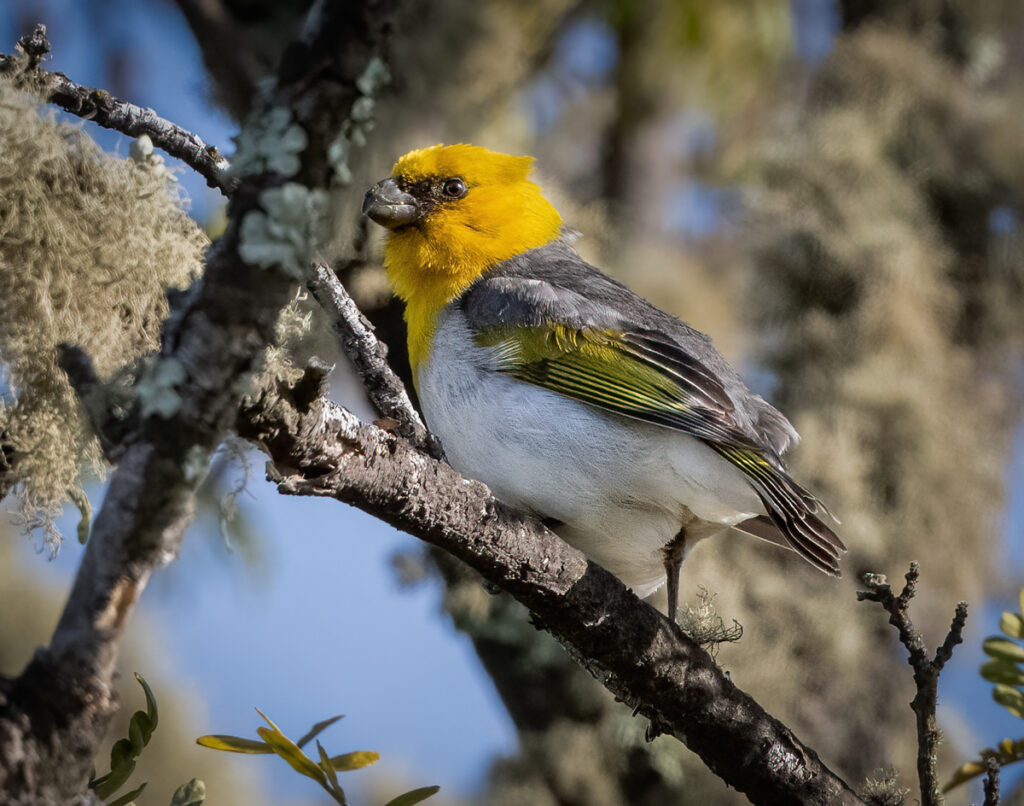
Honeycreepers like the I’iwi are ecologically crucial to Hawaiian biodiversity. The characteristic feature of many honeycreepers is their long, slender, deeply curved bill. These are the mark of an evolutionary trait known as adaptive radiation, a process driven by the availability of diverse ecological niches on the islands. The floral structure of lobeliads, a group of native Hawaiian plants, are thought to have influenced the development of these specialized bills in species like the I‘iwi, enabling them to efficiently extract nectar. Like all things honed by millennia, this symbiotic relationship works beautifully, as at the same time, the plants can reproduce when pollen is transferred from stamen to stigma via the bird’s feathers as they reach into the tubular flowers to drink the nectar.
However, of the 84 known species of forest birds in Hawaii, 54 have already gone extinct in the past century, and 24 of the remaining extant species are now classified as either near-threatened or critically endangered. While habitat destruction and pollution are constant challenges that all animals face, these magnificent birds are on the brink of disappearing from the world forever because of a particularly formidable foe – mosquitoes.
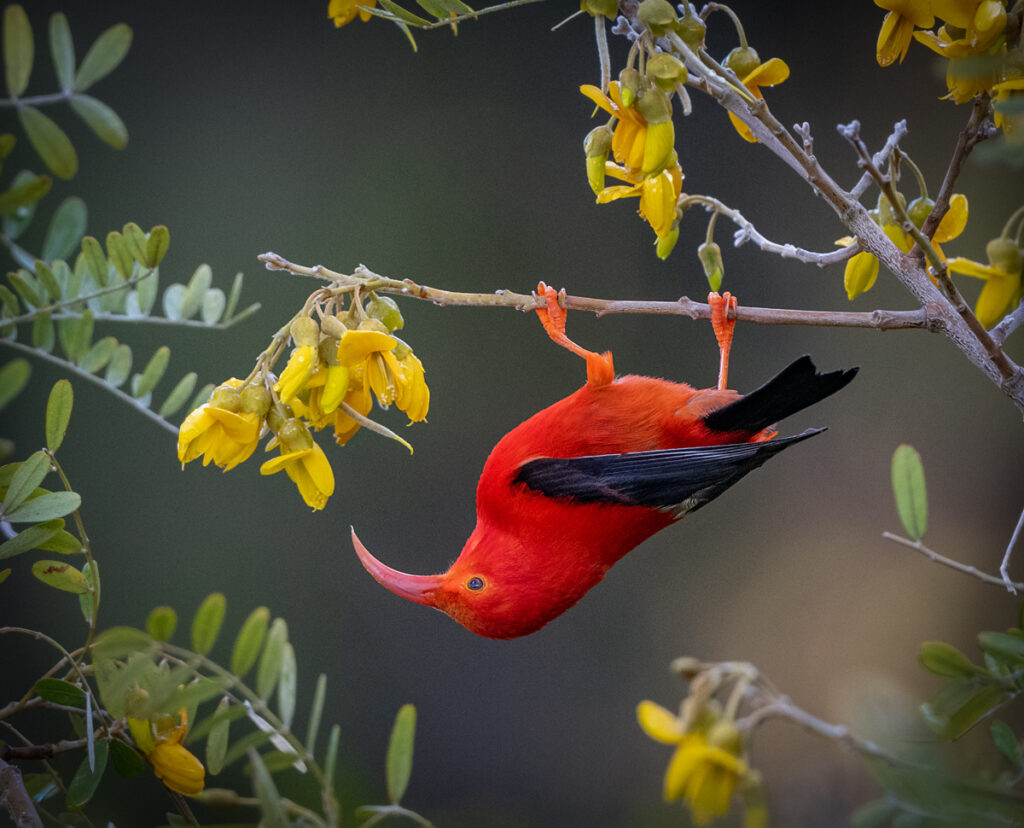
I’iwi and other beautiful birds like the akiapola’au, seen here in a photograph taken by Owen on a trip to Big Island, were once prevalent across all contours of Hawaii’s alluring landscape, but now they are found only in the higher elevations of the montane forests. The introduction of mosquitoes, most likely via larvae in stagnant water in containers on trade ships in the late 18th century, has wreaked havoc on Hawaii’s bird populations. Mosquito-borne diseases, particularly avian malaria and avian pox, pose an era-defining threat. As mosquitos need warm moist zones in which to breed, the lower canopies of the island’s forests have become infested, which has forced many of the birds to move higher up the slopes into regions that are too cold for the insects to thrive. This has had knock-on effects in terms of territory range being reduced and food sources becoming compromised, but there was hope that the birds would eventually stabilize and adapt. But now there is an even more foreboding issue – as climate change warms these higher zones, the mosquitoes are ascending the slopes in the same way the birds did to get away from them, making this already pressurized habitat a death trap with nowhere else to go.
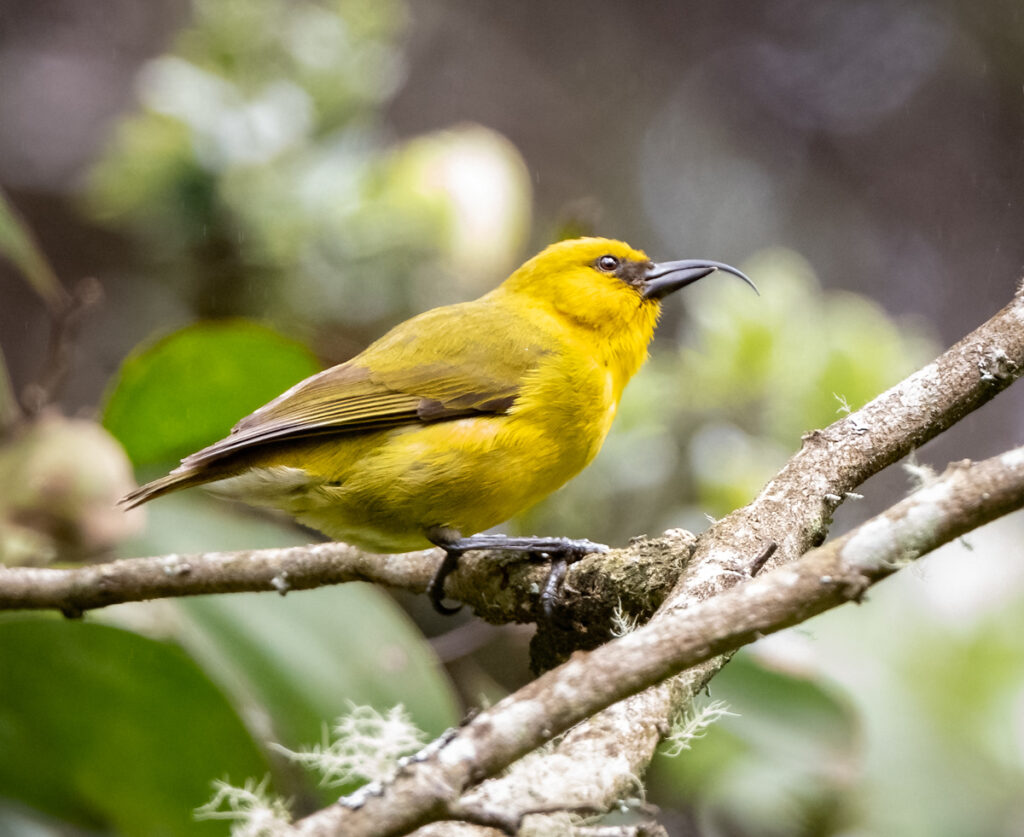
Some species like the Amakihi are beginning to show signs of developing a resistance to malaria, but for the majority like the Akepa and Palila, disaster awaits. As Hawaii’s native birds evolved in isolation, their immune systems never needed to develop defenses against mosquito-transmitted diseases. A single bite from a mosquito is enough to kill an I’iwi. But all is not lost – yet. This terrifying prospect has led to rapid and remarkable action.
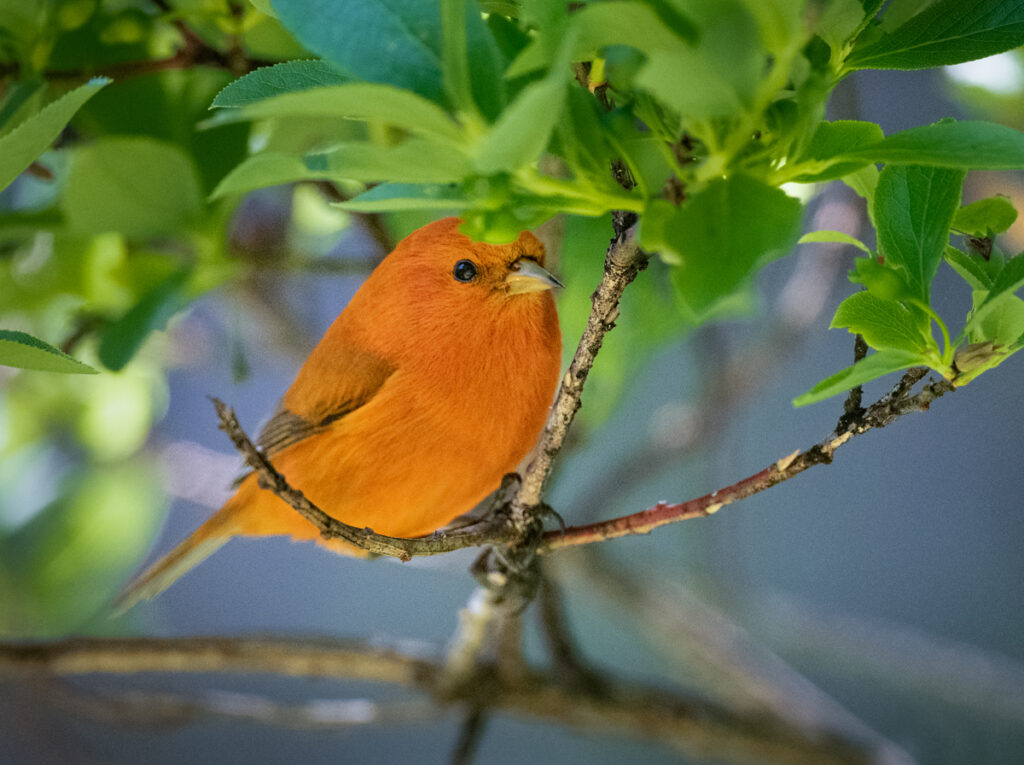
In response to this looming crisis, a ray of hope has emerged in the form of the BirdsNotMosquitoes movement. This innovative initiative utilizes something called the Incompatible Insect Technique. This involves introducing lab-bred (but not genetically modified) male mosquitoes that carry a certain strain of naturally occurring bacteria called Wolbachia and allowing them to mate with the wild females on the islands, who carry an incompatible strain of the same bacteria. Wolbachia exists in half of the world’s insect population, but different strains do not mix. A union of one strain with another cannot produce viable offspring; therefore, a form of mosquito ‘birth control’ has been developed, ultimately breaking the chain of infection that threatens the I’iwi and all the other birds on the islands.
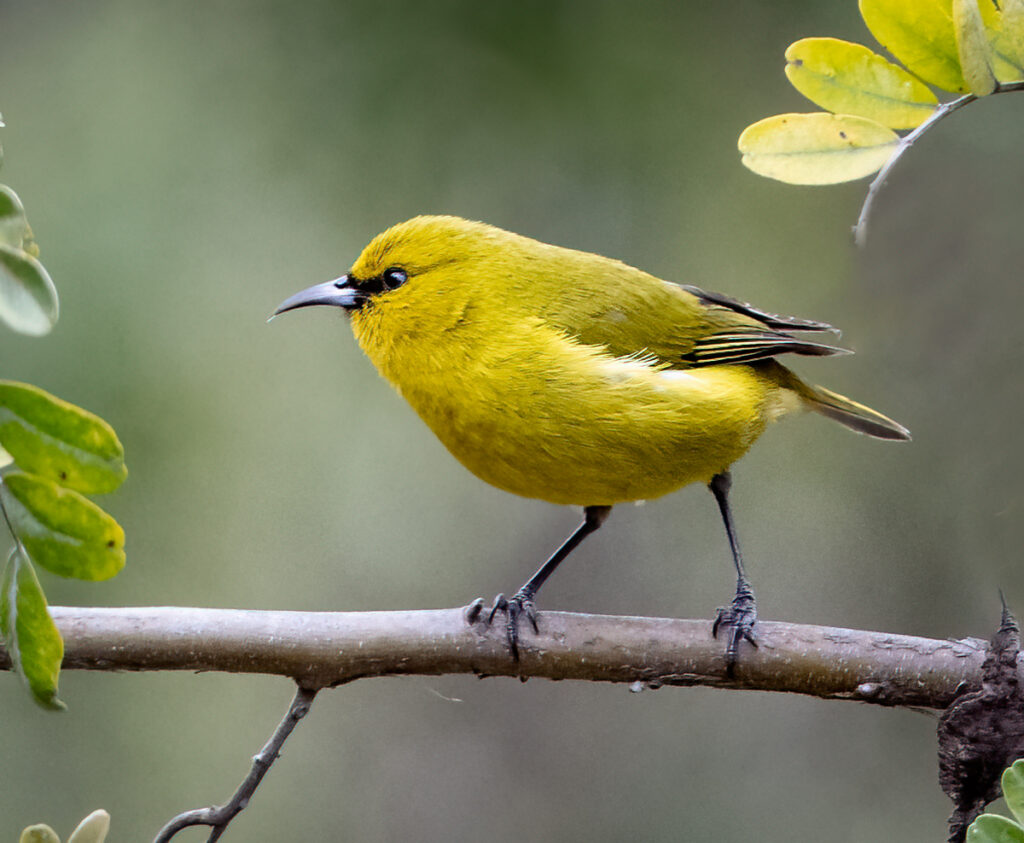
As you would expect, this program has had to satisfy all kinds of legal and ethical regulations, and there is an excellent FAQ section and explanation of the red tape involved on the website to assuage any fears. It is also supported and funded by, among many other partners, the Hawaiʻi Department of Land and Natural Resources, Hawaiʻi Department of Health, US Fish and Wildlife Service, University of Hawaiʻi, U.S. Geological Survey, National Park Service, and the American Bird Conservancy. This fascinating and game-changing venture is vital and needs our support, and while the agency does not take direct donations, you can help by donating to American Bird Conservancy, the Kaua’i Forest Bird Recovery Project, and the Maui Forest Bird Recovery Project.
The challenges faced by these beautiful and vitally important birds serve as a poignant reminder of just how delicate the interplay between species and human activities can be, often leading to unintended yet devastating consequences. However, ground-breaking concepts like this are just one of many progressive conservation efforts urging us to rethink our approach to preserve the planet’s rich biodiversity. In fall 2023, the initiative had a hugely successful pilot run on Kauai and Maui and will be rolled out state-wide in 2024. Indeed, in Hawaii, 2024 is being called Ka Makahiki o Nā Manu Nahele: The Year of the Forest Birds.


